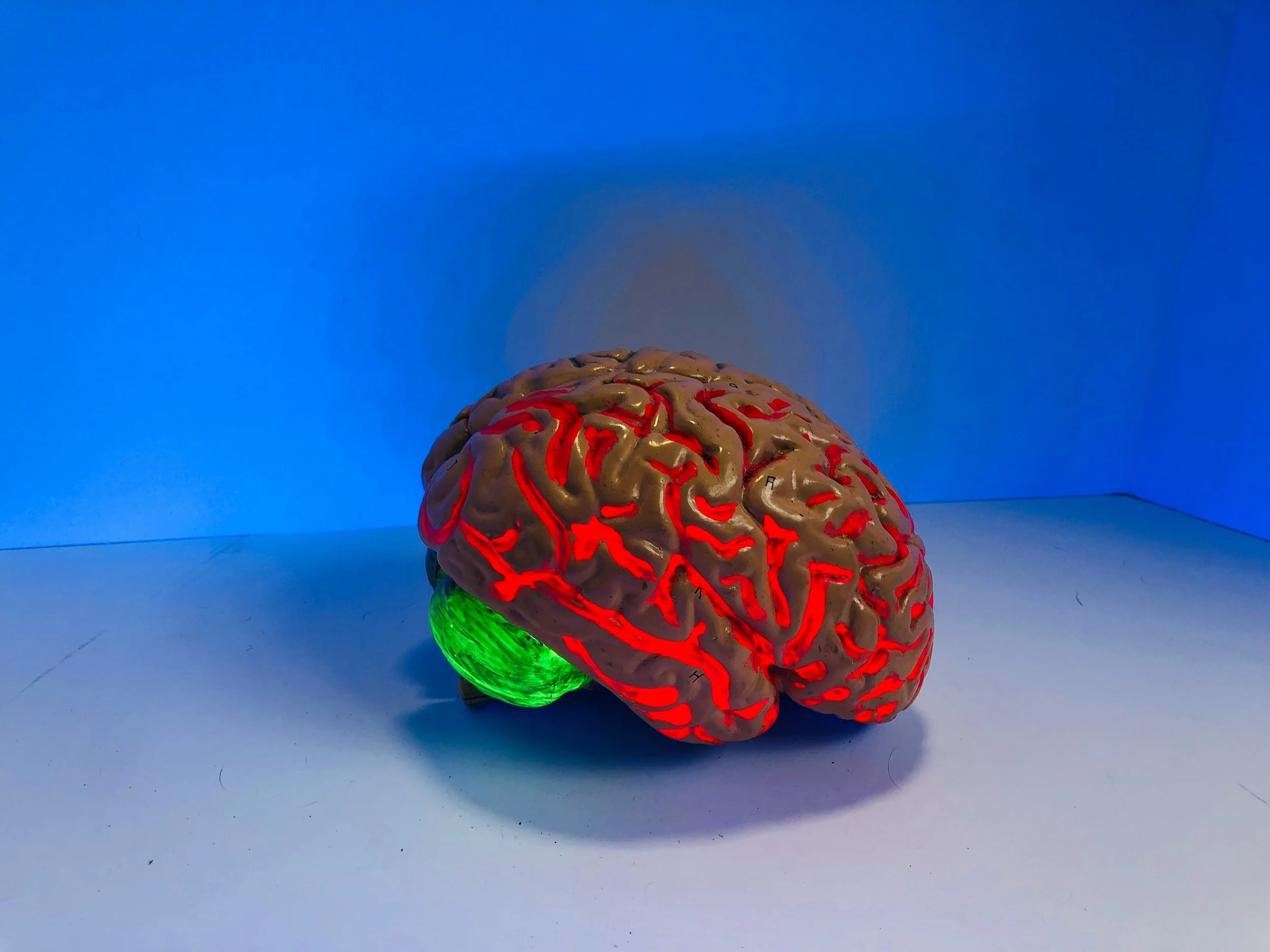Host and Parasite: What biology teaches us about creativity and capitalism
By Safina Center Writer-in-Residence Paul Greenberg
Brain Figurine. ©Natasha Connell via Unsplash
Everyone knows that Social Darwinism stinks. The poor do not remain poor because the rich somehow “evolved” to occupy a “naturally” higher class. The pressures of emigration did not make brains bigger when human legs carried them out of Africa. Herbert Spencer and his philosophical kin were wrong and propagated prejudice and condescension. Let’s leave it at that.
But there is one thing evolution has to teach us about how humans behave that’s worth investigating. I’m speaking of the battle between host and parasite and the evolutionary dance they play in the battle for control of thought itself.
Let me back up a minute just to nail down the biology. Along every branch of the tree of life organisms find themselves locked in contests for energy. Some, like trees, go about making their energy “honestly” — spreading out photovoltaic cells of chlorophyl in the forest canopy and converting sunlight into sugars. Others, pine beetles say, drill into an upstanding tree’s very marrow and extract those hard-earned carbohydrates in an act of bald thievery. The cuckoo chick in the robin’s nest, the tick on the deer’s nape, the leach on the bottom of your foot — same dog, different leash.
But hosts evolve. A tree might secrete a toxin that puts pine beetles at bay. A thrush might develop the ability to discern a cuckoo chick and toss it out of the nest. In turn parasites also evolve. An antibody to neutralize the toxin allowing the beetle to dig deeper into the tree’s pith; a new pattern on the cuckoo chick’s feathers that more closely resembles the thrush nestling it is displacing. Tit for tat, gene for gene, the battle has raged from deep time on through the present era.
To find this dynamic in human society one need only look as far as the iPhone lying inches from your fingers. That phone is the latest pine beetle drilling into your brain — a beetle that has been evolving since humans first started trying to use their neurons for honest self-expression and creativity.
If you think of your brain as the host and capitalism as the parasite, then a lot becomes clear. Your brain-host wants well-being for its own sake. It seeks to create, innovate, and feel comfortable with itself. The capitalism-parasite, on the other hand, would like to use your brain for profit—to motivate your brain to compel your body to acquire, irrespective of whether that acquisition is in any way good for your brain and your body. Your brain seeks art, narrative, and experience to meet its goals of achieving well-being. But, like a cuckoo bird laying a foreign nestling in your skull, capitalism seeks to implant in your brain ideas like inadequacy, longing, and obsession.
It’s for these reasons that art for art’s sake has a very short half-life. The artist begins putting pen to paper or paintbrush to canvass in order to intrigue or inspire. But capitalism sees art as little more than a worm on a hook. And so true art flees to different places, to different modes of expression to get off the hook.
Herein is the whole engine of host/parasite adaptation in art and society. An artist writes a story and puts it on paper. Capitalism inserts a printed ad alongside it. The artist flees to visual art or music. Capitalism re-renders the painting as the background for ad copy and the melody as a jingle. The artist and the artist’s devotees flee again—this time to the internet. Capitalism writes an algorithm to follow the lovers of the artist and use his/her/their art as bait in a trap. We turn off our computers to get away. Capitalism shrinks that same computer and turns it into something you can—dare I say must—carry around with you everywhere you go. It pairs it with a device you use to communicate with other humans. It invades your very conversations. Soon the parasite is adapting to the host’s thinking so quickly that it seems as if the parasite is coming up with the thoughts all by itself.
When that happens, you can be sure of one thing. The host is dead. The cuckoo owns the nest. The tree belongs to the beetle.
What happens next? Will beetles make lumber? Will cuckoos learn to feed their own young?
I doubt it.

